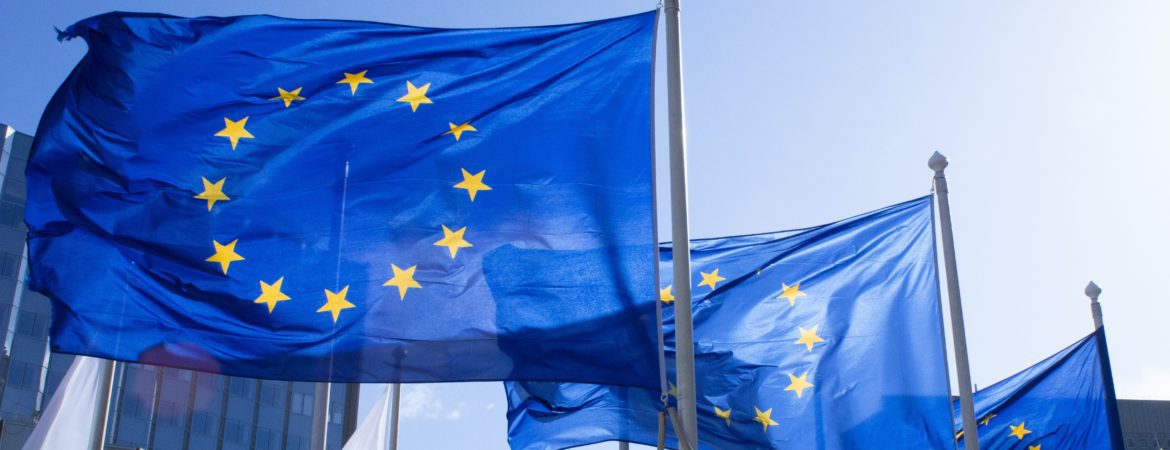
EU strategy for sustainable and circular textile products
On 30 March, the European Commission launched a document containing a communication to parliament and various committees. The policy document describes the extent of the impact of the textile industry. The industry is ranked fourth (after food, housing and mobility) in terms of environmental impact. The Commission asks EU organisations to endorse a strategy. The aim of this strategy is to change production methods so that, by 2030, textiles last longer and can be recycled. Textiles must largely consist of recycled fibres and may not contain any harmful substances. The social aspect also plays a major role and the violation of human rights must be stopped.
Fabraa’s vision is in line with the textile industry of the future
We are happy to see that Fabraa is on the right track. Important aspects such as reducing our footprint, product passports, green claims, impact data, eco design/design for recycling, waste management and EPRs have already been partially realised or are on our agenda. However, we’ve still got a long road ahead of us. We are at the start of a journey that we are taking together with our partners. During this journey we will be continuously learning and working towards a circular product range.
Transition in the textile industry
To make progress in terms of sustainability in the textile industry we will have to change current linear processes. The current system of design, production, use and disposal must be turned around. The transition to a sustainable and circular textile industry will reduce the impact on our climate.
Number of reliable claims is low
Consumers willing to buy more sustainable products are often discouraged from purchasing them by the unreliability of claims. According to the report recently published by the European Commission, 39% of claims in the textile, clothing and footwear industries have been found to be false or misleading. That means that consumers buy products that are not as sustainable as they believe they are.
Fabraa measures impact
For responsible and reliable claims, Fabraa measures the impact of its substances. This is done by means of life cycle analyses of the recycled yarns. This helps Fabraa prepare for a possibly mandatory PEF in the near future. PEF, or Product Environmental Footprint, was initiated by the European Union with the objective of strengthening sustainable alternatives and ensuring that environmental impacts are assessed transparently with a view to reducing them. PEF measures environmental performance in a product’s life cycle, taking into account the entire supply chain. This method is still being developed. It is expected to become mandatory by the second half of this decade. Fabraa is as transparent as possible. As a result, consumers know that they are actually buying a more sustainable product and Fabraa can substantiate its claim with facts.
Read the strategy of the European Commission here